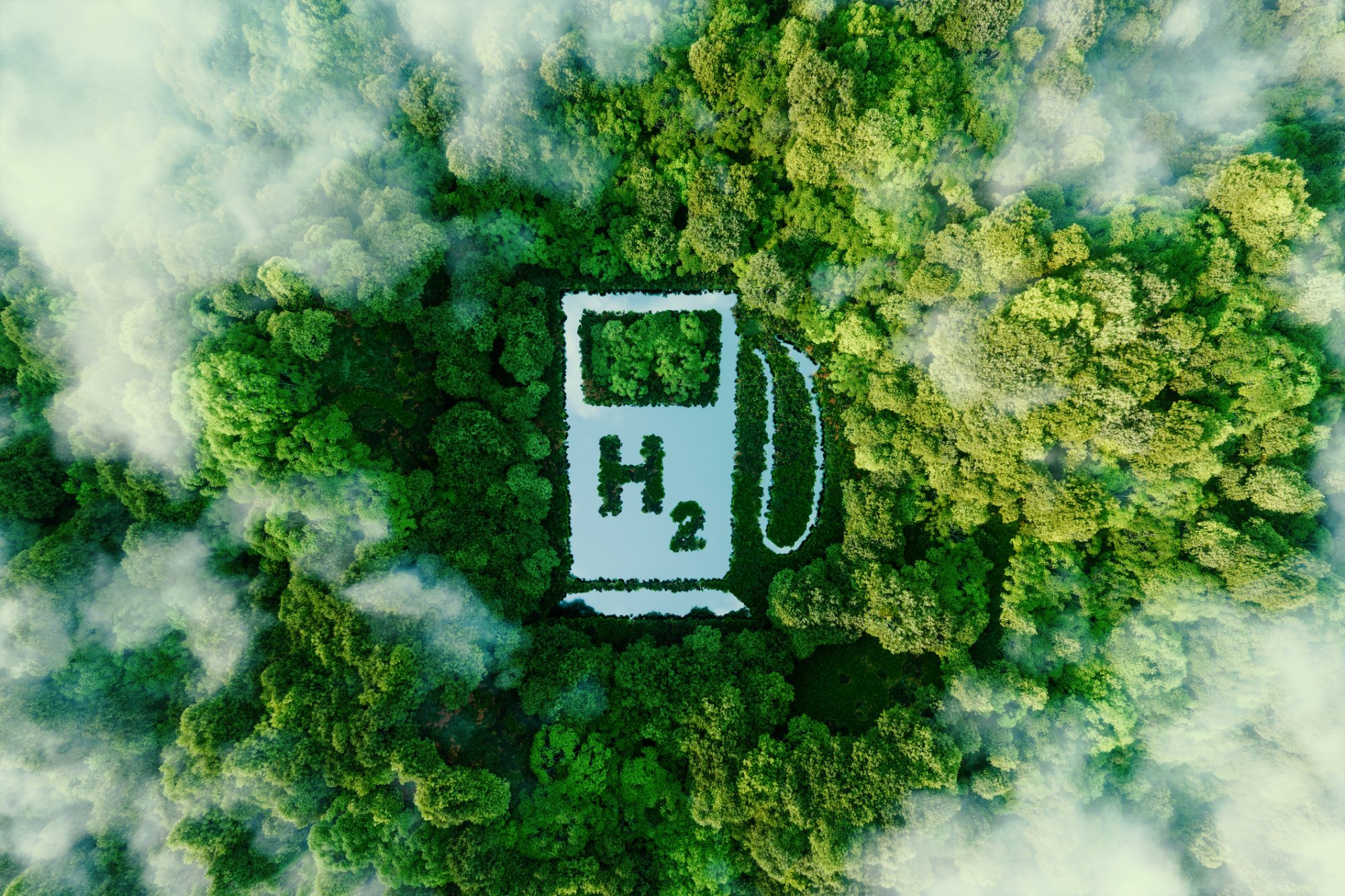Navigating the Green Horizon: Europe's Push for Green Hydrogen Infrastructure
Key Ideas
- European countries aim for a 20-gigawatt green hydrogen production capacity by 2030, leveraging offshore wind resources.
- Challenges in offshore wind profitability and supply chain inflation impact hydrogen project decisions in Europe.
- The European Hydrogen Partnership envisions a significant increase in hydrogen production to meet ambitious industry demands.
- Collaboration among producers, ports, and distributors is crucial to develop the infrastructure required for the green transition.
European countries are making strides towards a green hydrogen industry, supported by abundant wind resources and offshore wind turbines. The Esbjerg Declaration targets a substantial green hydrogen production capacity by 2030, but challenges like supply chain inflation and profitability issues in the offshore wind industry loom large. The European Commission's Green Deal Industrial Plan and the Net-Zero Industry Act aim to enhance Europe's net-zero industry competitiveness, with a focus on green hydrogen. The rise in demand for products with lower carbon footprints underscores the importance of green energy availability. The European Hydrogen Partnership anticipates a surge in hydrogen production to meet the demands of various industries. Emphasis is also placed on developing fueling infrastructure for fuel cell vehicles and the practicality of hydrogen distribution. Collaboration among stakeholders is highlighted as crucial for building the necessary infrastructure for the green transition. The need for rethinking hydrogen distribution, considering the synergies between green and blue hydrogen projects, and leveraging ports and pipelines for infrastructure development are key themes in Europe's journey towards a sustainable hydrogen economy.
Topics
Production
Infrastructure
Climate Change
Green Transition
European Commission
Fuel Cell Vehicles
Wind Power
Ports
Offshore Energy
Latest News
